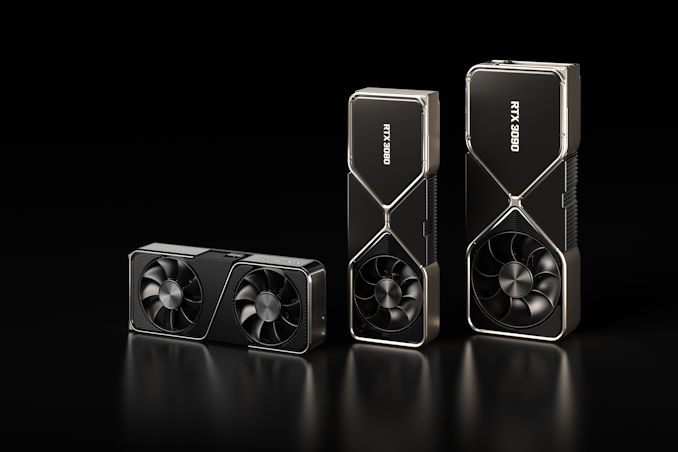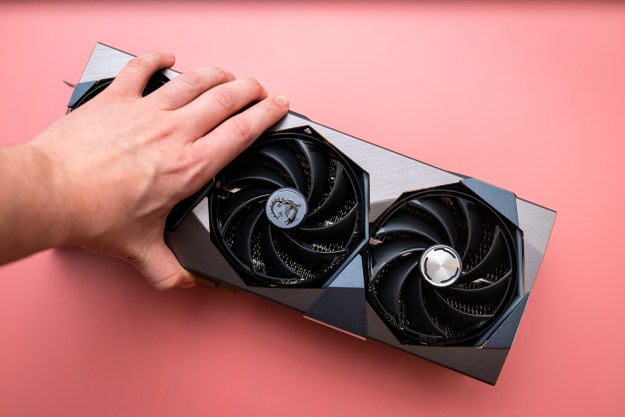The graphics card shortage continues to deprive the market of the best AMD and Nvidia GPUs. Unfortunately, according to new reports by 3DCenter, it seems that the situation is nowhere close to improving. Despite a small increase in availability, graphics card prices continue going up in Germany and Austria.
The latest information from 3DCenter.org, which keeps a close watch on the German and Austrian GPU markets, and then shares its findings via monthly reports about pricing and availability. After a brief glimmer of hope in late spring, when some cards had their prices slashed in half, the news has only been grim.

The latest report shows comparisons between September and October. According to 3DCenter, although the availability has increased slightly, prices are still on the rise. Nvidia exhibited a smaller price increase than AMD. It also appears that the difference in pricing between AMD and Nvidia cards continues to grow. Within the last month, AMD RX 6000 card prices went up from 174% of MSRP to 183% MSRP on average. In comparison to that, Nvidia has noted a meager increase, going from 170% to 172%.
It’s difficult to say why AMD cards are getting more expensive quicker than Nvidia’s, other than just that the availability of these cards may have been more linited to begin with. We may start seeing improvements in this market sometime soon due to the improvements AMD made to its supply chain, as well as increasing chip availability at factories owned by semiconductor manufacturer TSMC.
AMD cards have also reached higher peaks than Nvidia. At their highest points, these cards cost 304% of MSRP in May 2021, compared to Nvidia’s 214%. Unfortunately, those prices are still exorbitant and out of reach for many PC enthusiasts.

Any aspiring PC builder knows that getting a graphics card in the past year or so has been a nightmare. Camping outside of stores, losing online sales to bots and scalpers, or buying cards well above their MSRP were pretty much the only options available. Despite the passing time, the situation continues.
The desperation of gamers reached new heights when a customer in Poland allegedlysent a birthday cake to the retailer he had reserved an RTX 3080 graphics card from the year prior. This prompted the store to expedite his order and he finally received his card.
Both Nvidia and AMD executives, as well as other market experts, don’t expect the GPU shortage to end this year. Manufacturers continue to make huge profits from the increased prices, the demand is as high as ever, and the chip shortage continues. Here’s hoping that 2022, along with the release of new graphics cards, will bring some better news.
Editors' Recommendations
- Intel may fire the first shots in the next-gen GPU war
- GPU prices are back on the rise again
- Everything you need to know about buying a GPU in 2024
- 5 GPUs you should buy instead of the RTX 4070
- What is VSync, and why do you need it?





